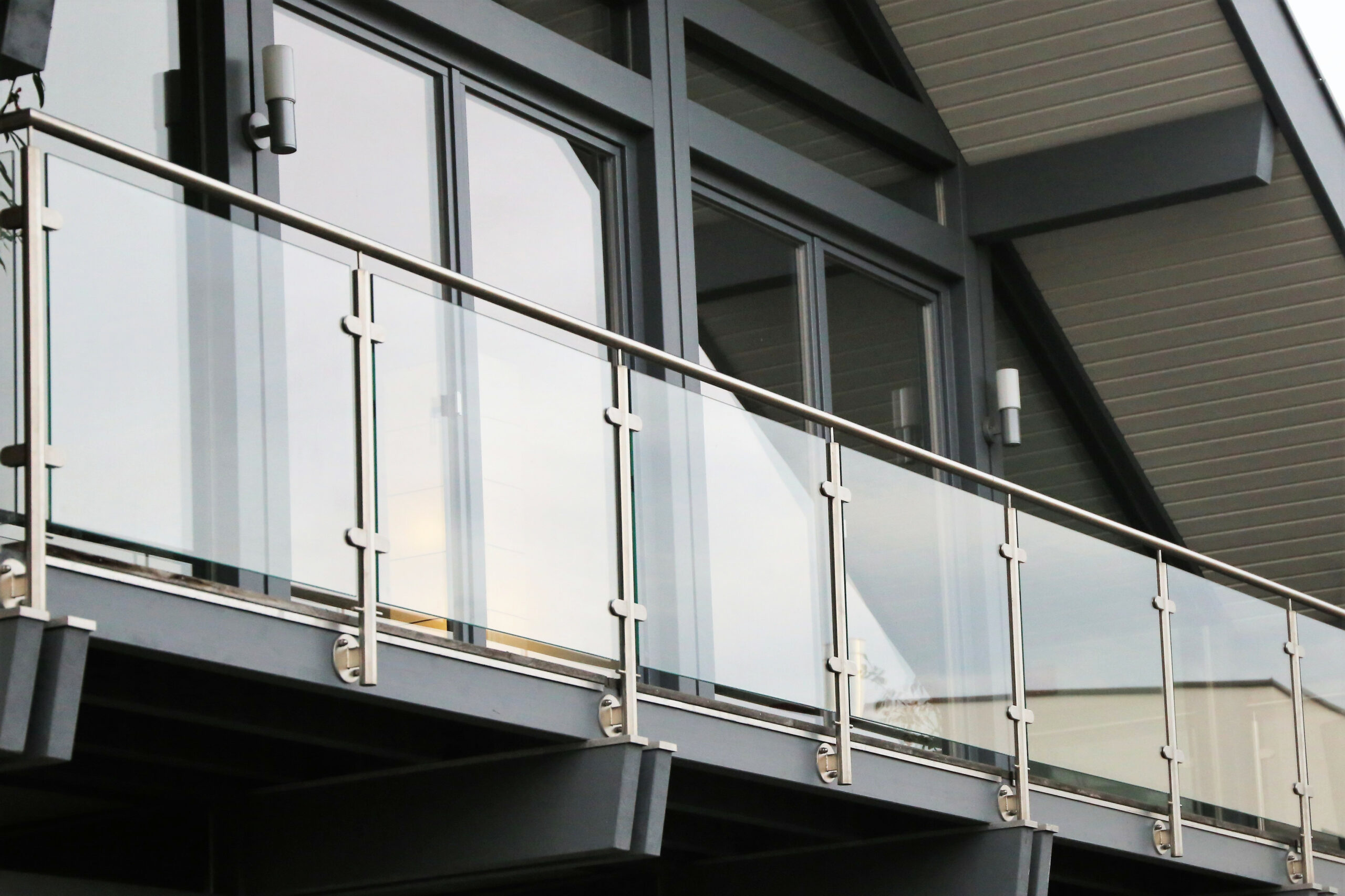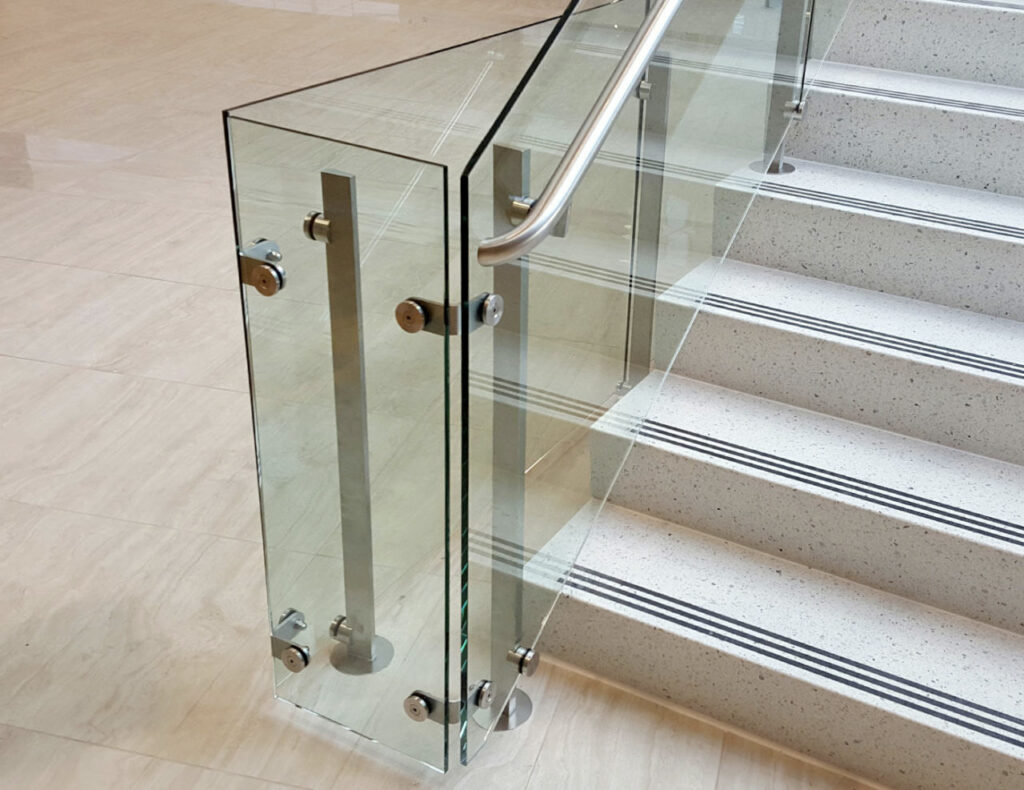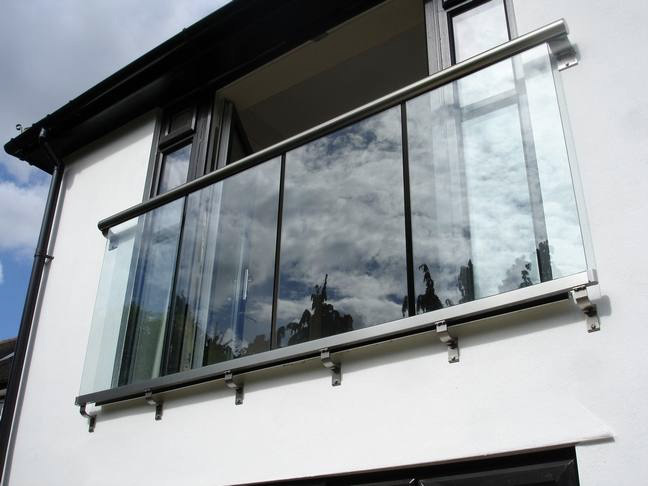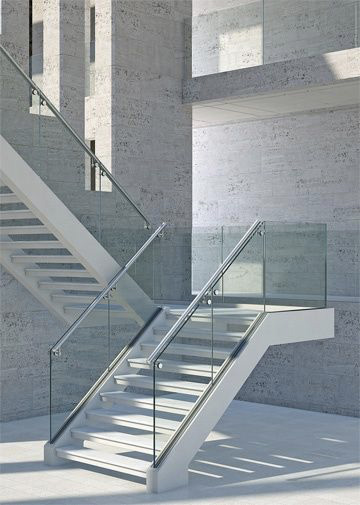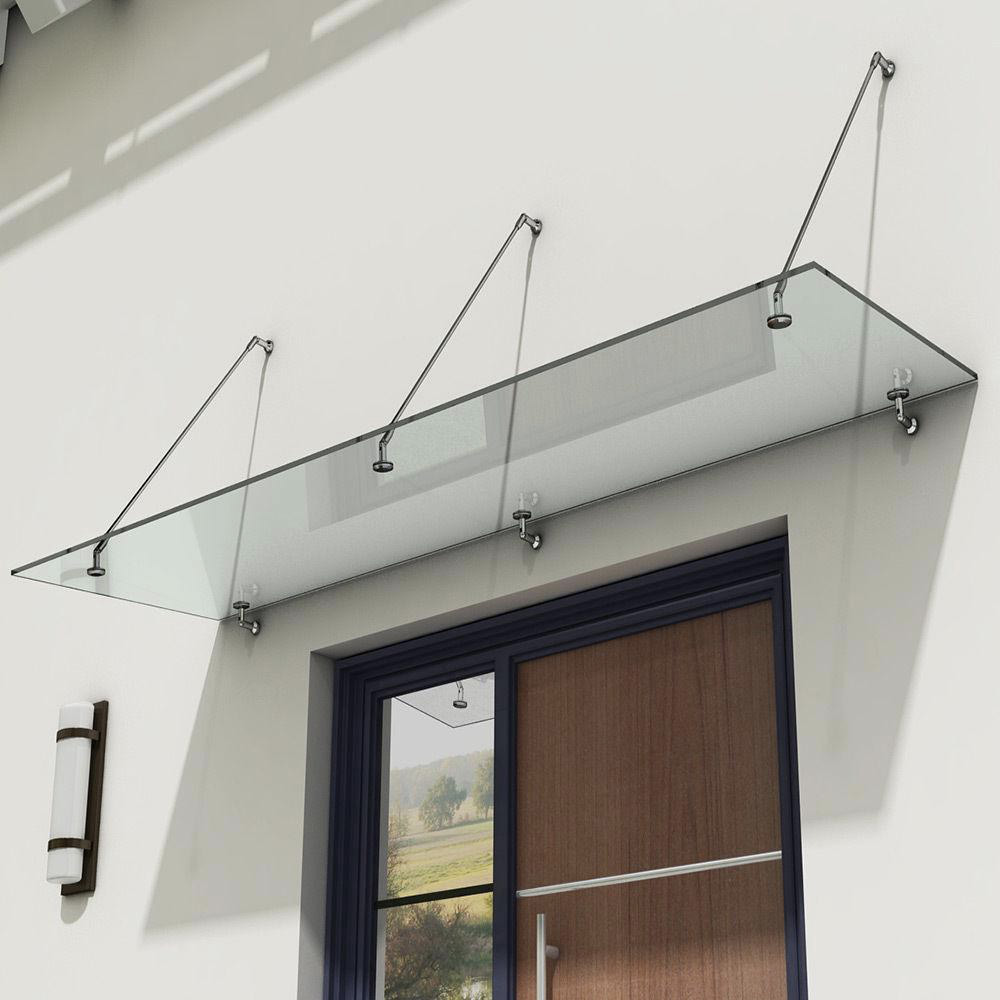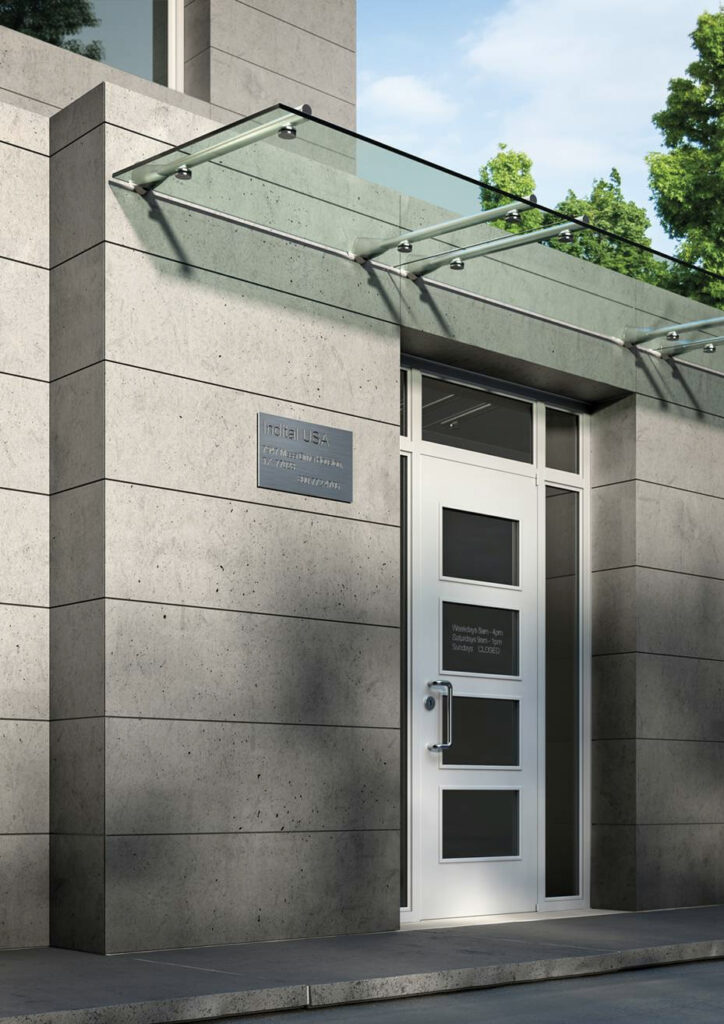[vc_row][vc_column][vc_column_text]Glass balustrades are a very popular choice when it comes to staircases, balconies and terraces. Minimalist interior design is a consistent favourite for homeowners and glass works excellently apart of this design ecosystem.
However, there are also some safety measures that need to be considered for this type of glazing to ensure that it remains structurally sound. Here we describe some of the important regulations you need to consider before starting your next residential or commercial project.
When a Balustrade is Required in a Building
In residential buildings, when there is a drop in floor level of over two foot, a balustrade is required for safety. In all other types of buildings, a balustrade is required for staircases with more than two stairs and/or when there is a floor level difference of over 38cm.
Particularly for commercial premises, or as a landlord of a residential property, it’s imperative to ensure that these regulations are met to avoid any legal action in the event of an accident.
Design and Load Requirements
For frameless glass balustrades specifically, there are also regulations on the type of design that can be implemented and it’s structural integrity. The balustrades must provide adequate protection against forces that may be applied to it. The design must be able to withstand these forces without the possibility of breaking or penetration. If the balustrade cannot withstand these pressures, then it is not fit for purpose.
To achieve this, there are three main load criteria to consider. The first is a ‘line load’. This is a force applied to the top of the balustrade to imitate the weight of a person leaning on the balustrade. The amount of force applied depends on the type of building the balustrade will be used in. In a building occupancy class 1, the force required is 0.36 kN/m (Kilo-Newton Meter).
The uniformly distributed load is a force that is applied to the midsection of the balustrade across the entire face to test its resilience. In a building occupancy class 1, this force is 0.5 kN/m2.
A concentrated load is another horizontal force which is intended to imitate any sudden pressures which might be caused as a result of an accident and any unanticipated human impact. In a building occupancy class 1, the load applied is 0.25 kN.
Who We Are
At Square 1 Balustrades, we are committed to providing safe and secure structural glazing products to our customers.
To discover our products and services contact us. You can find us at Unit 3, Sarisbury Building, 172 Bridge Road, Sarisbury Green, Southampton, SO31 7EH.
[/vc_column_text][/vc_column][/vc_row]

